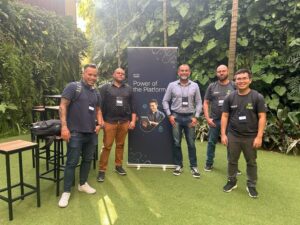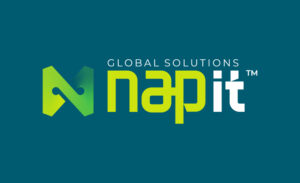Even with three models of rooms equipped for videoconferencing, including telepresence, the company invests in new technologies to obtain a global connection
One industry, a Nap IT client, invested in a project to integrate new technologies for the infrastructure of its videoconferencing systems. The goal was to improve performance globally and also provide new resources for employees to participate in distance meetings, such as telepresence, including through their mobile devices.
Starting this challenge, a company that wants to implement a videoconferencing system – be it the simplest or the boldest – must meet some prerequisites for this integration. First, in this case, we analyzed the environment and the infrastructure quality dimension to support the new technologies. These are essential factors for the distance meetings success, which allow for more agility in the company’s business.
First steps for the telepresence modernization
After diagnosing the need and the infrastructure of the Industry, Nap IT worked on the analog telephone systems migration for IP, necessary adaptation to integrate in all the units of the company.
In addition, it used Jabber Video technology, the Cisco phone software, to integrate IP telephony systems into mobile devices such as notebook, tablet and smartphone. Jabber unifies communication such as voice and video instant messaging, conferencing, and document sharing on mobile devices.
These technologies were integrated into different environments, allowing for three distinct use models – that one about immersive rooms, simple rooms, and systems configured on some executives desktops.
Learn how videoconferencing technologies have become available
Immersive rooms
The immersive rooms are spread across several countries where the company operates, and allows meetings between directories with telepresence capabilities.
This type of room requires a more robust infrastructure, with sound insulation to reach a low noise level, and well-sized lighting and audio.
The environment requires high technological capacity to support all integrated systems and still has to rely on security solutions without performance loss. Each of the installed rooms has a telepresence unit and has undergone the necessary adjustment process to use the technology with image and audio quality.
In this industry case, the solutions were placed in a communication network of their own, connected to the WAN network and serving all the client’s global sites.
Single rooms
Simple rooms are comprised of 52″ TVs and a high definition camera that support telepresence systems. This room model is available in factories and offices located in different states of Brazil.
Tableware (desktop)
Some executives have on their desks videoconferencing equipment at their disposal, such as a 21″ monitor and camera. They can answer calls from their notebooks, but they have the option of using the monitor as a second screen.
Benefits to the Corporation
One of the benefits this integration has brought to the company’s executives was mobility and connectivity, enabling them to hold meetings from anywhere, in an interactive and collaborative way. This solution, which simulates a face-to-face environment, also allows the documents sharing in an integrated way, low operation and maintenance costs; interstate travel expenses reduction and greater communication between customer units.
Gustavo Emerim – Network Engineer – [email protected]
Read more:
Videoconferencing: Quality technology reduces travel costs.







